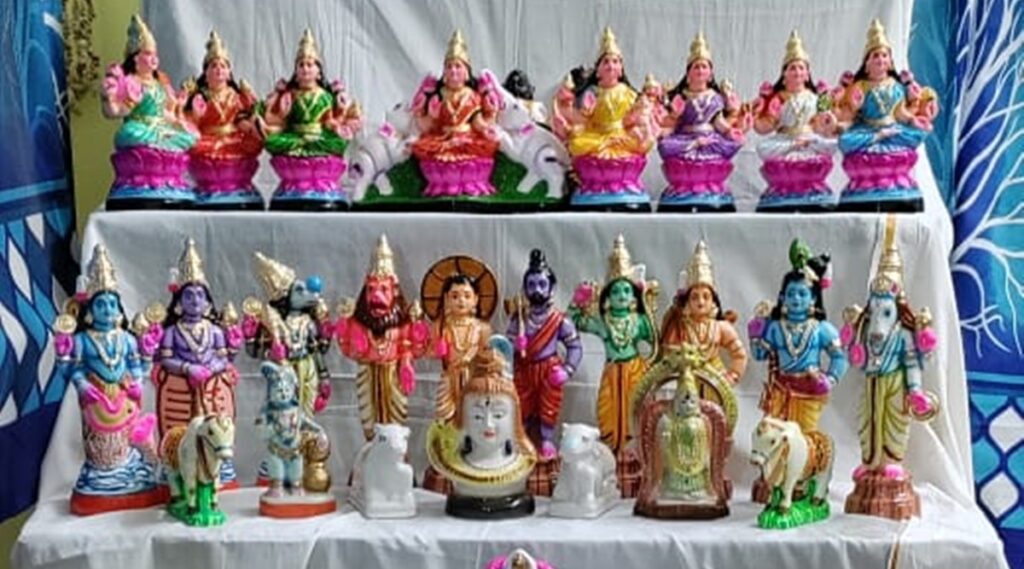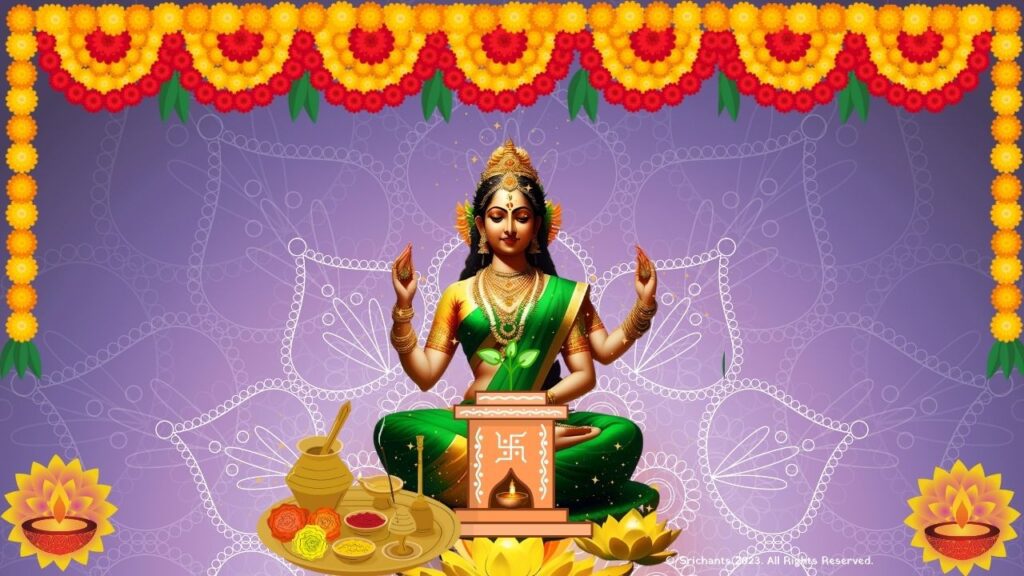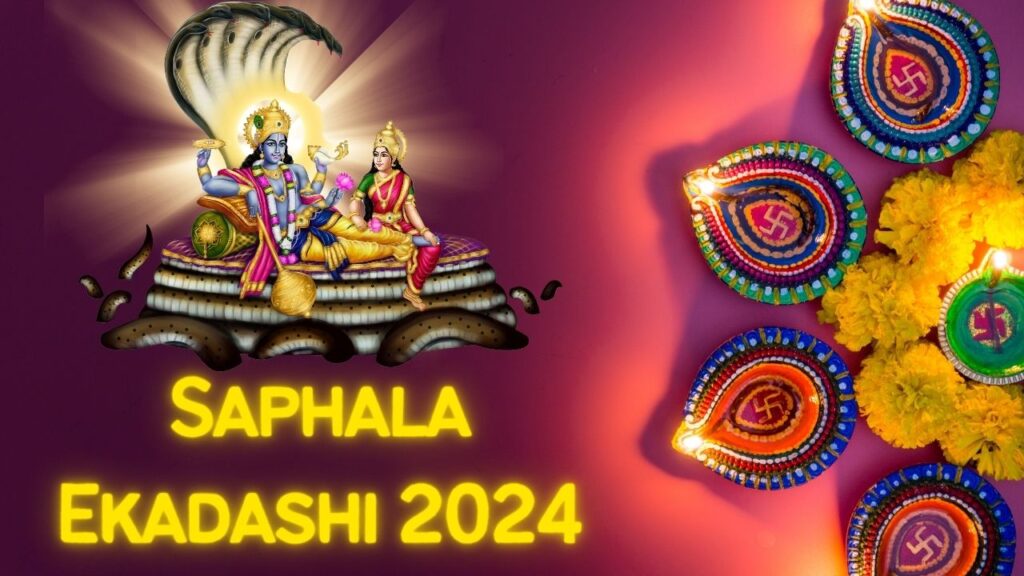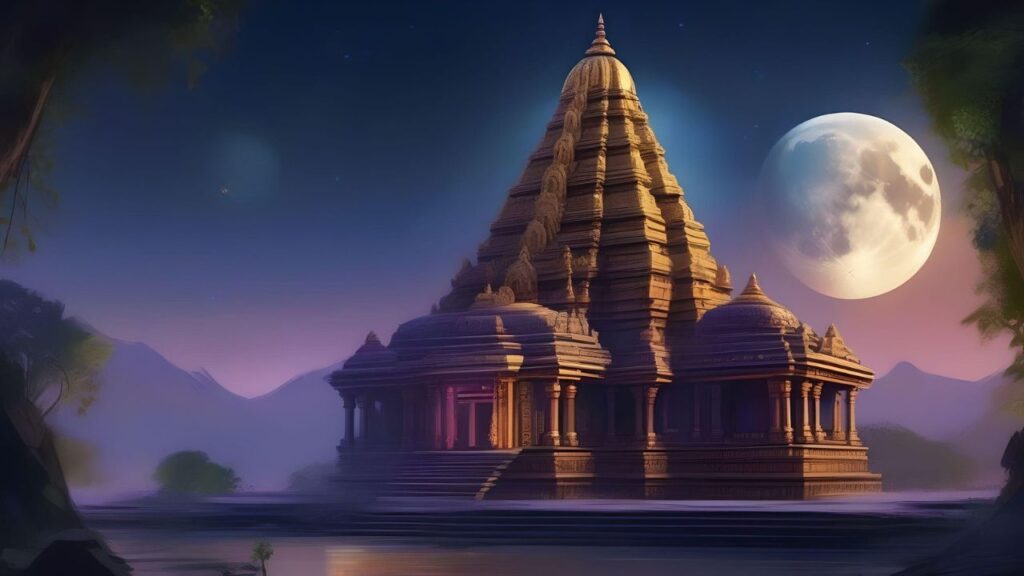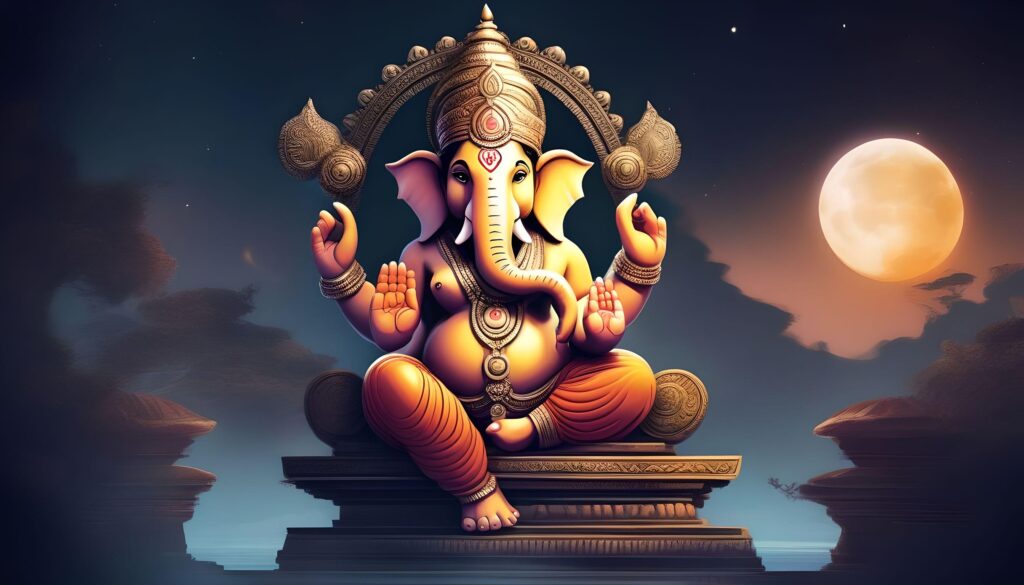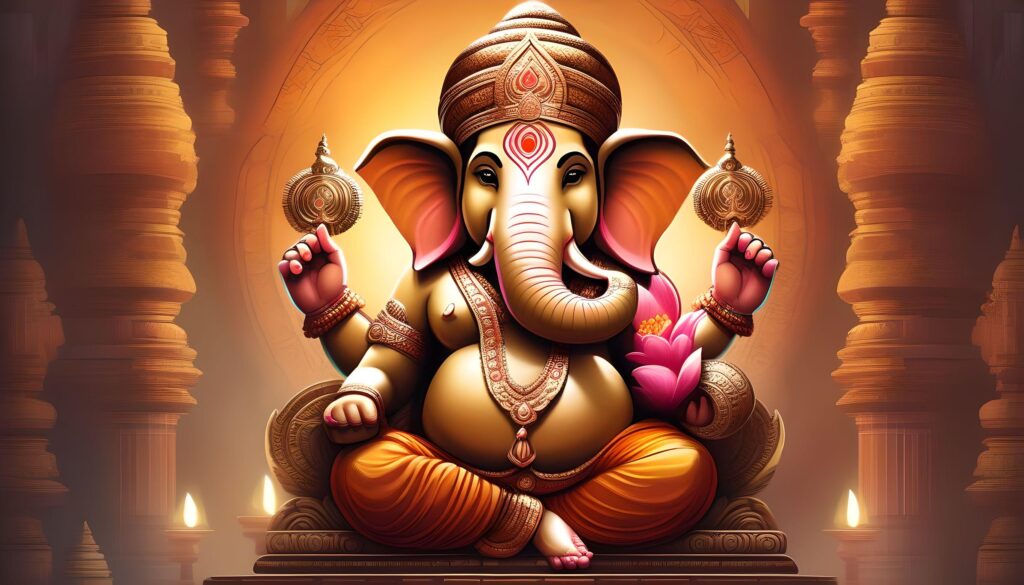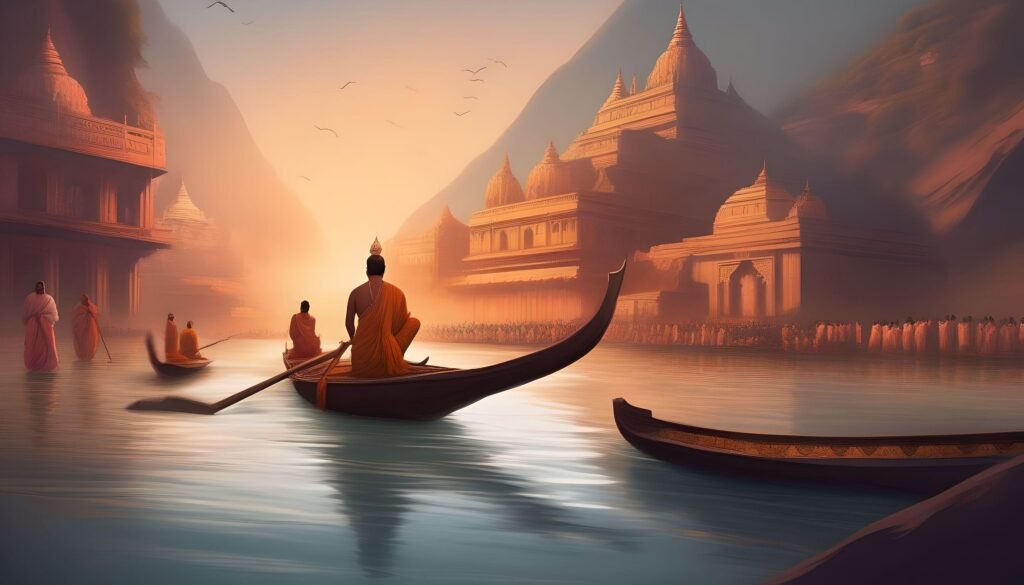Navratri Golu : Golu For Navratri : Divine Doll Displays
Introduction
In numerous regions of India, Navratri is commemorated with great enthusiasm and joy. South India has a notably unique and artistic tradition, despite the fact that the festival is celebrated in a variety of ways throughout the nation. This ancient tradition, known as Golu, Bommai Kolu, or Kolu Doll Displays, involves the meticulous arrangement of dolls and figurines during the nine-day festival of Navratri. In this article, we will explore the mesmerizing beauty, cultural significance, and rich history of Navratri Golu.
The Origins and Religious Significance of Golu During Navratri
The term “Golu” is derived from the Tamil word “kolu,” which denotes “assembly” or “arrangement.” This custom has been a fundamental aspect of South Indian culture for generations and is profoundly rooted in religion and culture. The Hindu festival of Navratri is dedicated to the veneration of the deity Durga and her an assortment of manifestations. Each night of the festival, the deity is associated with a unique form that symbolizes the triumph of good over evil.
The Golu display is a visual representation of a diverse array of scenes from Hindu mythology and stories that are associated with the deity. There is a widespread belief that the custom of arranging figurines and figures for Navratri has its origins in ancient Indian rituals and customs. During this auspicious period, individuals would erect temporary stages or platforms and install figurines and idols of deities as a form of worship.
The Significance of Golu Dolls and Figurines
The Golu display is not only a religious practice, but also a means of cultural expression and narrative. The figures and figurines are emblematic of a variety of aspects of Indian culture, mythology, and history. They depict scenes from ancient Indian narratives, such as the Ramayana, Puranas, and Dashavataram. By meticulously selecting and positioning each figurine on the numerous tiers or stages of the Golu arrangement, a visually captivating display is achieved.
The Golu display frequently includes dolls that depict saints, heroes, animals, gods, deities, and everyday life scenes. The dolls are arranged in odd numbers, and the number of phases varies from one to eleven, depending on the available dolls and personal preferences. Nine steps are chosen by numerous families to represent the nine days of Navratri. The dolls are positioned on each step and are draped with a decorative cloth. They are adorned with traditional elements and flamboyant colors.

The Artistic Display and Decoration of Golu Steps
In order to enhance the visual appeal of the arrangement, the Golu steps are painstakingly decorated. A ceremonial jar that is full with water is used to represent the “kalasam,” the initial phase. The receptacle is adorned with a coronet of mango leaves, symbolizing the presence of Goddess Durga. A coconut is placed on top of the container. The placement of deity idols on both sides of the kalasam is a representation of the divine energies.
As we advance to the subsequent stages, we encounter idols of saints, heroes, and a diverse array of cultural motifs. A single stride may serve as an illustration of human activities, including marriage, temples, or an orchestra. The Chettiar set of figurines frequently represents business, as it depicts the Marapachi couple in vibrant attire and shop items. It is customary to include at least one new doll in the Golu display each year to ensure that the arrangement remains original and vivacious.
Cultural Significance and Community Bonding
The Golu tradition is not only religiously significant, but it also serves a crucial role in the promotion of community unity and the showcase of cultural diversity. During Navratri, families and neighbors exchange greetings, engage in conversations, and observe the Golu displays at each other’s residences. This tradition strengthens the bonds of community and promotes unity and harmony.
Golu serves as a platform for education and storytelling, allowing parents and guardians to share the teachings and stories of mythology and history with the younger generation. The stories and significance of each figurine are communicated to children, thereby forging a bond with their cultural heritage. By observing Golu, individuals and families ensure that significant stories are transmitted to future generations and contribute to the preservation of cultural traditions.
Evolution and Creativity in Golu Displays
The Golu displays have evolved over time, becoming more intricate and elaborate. The arrangements now encompass a wide range of figures and figurines that exemplify a diverse array of themes, such as religious, cultural, social, and contemporary. The displays are creatively designed, incorporating both traditional and modern elements.
The Golu tradition is presently being observed in a variety of South Indian states, including Karnataka, Tamil Nadu, and Andhra Pradesh, and has transcended geographical boundaries. Despite the fact that the manner in which Navratri is celebrated and the Golu displays are arranged may vary slightly, the underlying reverence for the deity and the spirit of togetherness remain consistent.

Different Versions of Golu Across India
While Golu is frequently associated with South India, similar practices of exhibiting puppets and figurines are common in numerous other regions of India. These practices are subject to regional variations and may be referred to by a variety of names. We will analyze a few examples:
- Bommai Kolu (Tamil Nadu): The traditional Golu display in Tamil Nadu, comprising tiers of dolls and figurines that depict deities, mythological characters, and ordinary life scenes.
- Bommala Koluvu (Andhra Pradesh and Telangana): This tradition is observed in these states and involves the arrangement of puppets, idols, and figurines that depict a variety of mythological and cultural scenes on steps or tiers.
- Gombe Habba (Karnataka): A tradition in Karnataka that entails the establishment of a display of puppets and figurines during Navratri. Deities, mythological scenes, and cultural motifs are frequently depicted in the dolls, which are typically situated on steps or platforms.
- Durga Puja Pandals (West Bengal and other regions of India): Durga Puja is a significant festival in West Bengal that is commemorated with magnificent pandals that feature larger-than-life idols of the goddess Durga and other deities. Although not identical to Golu, the concept of erecting elaborate idol displays during Durga Puja is comparable to the practice.
- Festival Doll Displays: The exhibition of dolls and figurines is a common feature of numerous festivals in India. For example, artisans and craftsmen in certain regions of North India establish exhibits of their products and tools during Vishwakarma Puja. In the same vein, homes frequently exhibit decorative figurines and idols during Diwali.
- Janmashtami Displays: During the festival of Janmashtami, scenes from Krishna’s life are often depicted using dolls and figurines in many parts of India.
These are merely a few of the numerous methods by which dolls, figurines, and deities are incorporated into a variety of festivals and cultural practices in India. Despite the fact that the specific forms and customs may differ depending on regional traditions, the fundamental theme of honoring deities, mythology, and culture through visual representations stays consistent.

The Festive Rituals and Ritualistic Significance of Golu
The Golu display is not only a visual spectacle, but also a time for a variety of rituals and celebrations. The ritualistic significance of the arrangement of figures and figurines during Navratri is immense. We will examine several of the primary rituals that are associated with Golu:
- Navratri Golu Worship: The assembly of figurines is worshipped twice daily, and the golu is kept for approximately three to nine days. In order to pay tribute to the divine presence symbolized by the dolls, devotees offer prayers, light lamps, recite sacred chants, and perform aarti.
- Preparations for Navaratri commence on the auspicious day of Amavasai (a day without a moon). The Golu steps are erected, temples and residences are adorned, and the streets are illuminated. The nine-day festival of Navaratri commences on the day following Amavasai.
- Worship of Saraswati Devi: Saraswati Devi, the Goddess of learning and knowledge, is venerated on the ninth day of Navaratri. Individuals position musical instruments and literature adjacent to the Golu arrangement. Ayudai pooja, a ritual of worship and gratitude for tools, implements, and vehicles, is also conducted on this day.
- Vijayadasami, or the Day of Victory: Vijayadasami, the tenth and concluding day of Navaratri, is commemorated with the utmost enthusiasm. It is regarded as the most auspicious day to commence new endeavors, journeys, and acquire new skills. The Golu dolls are symbolically placed to slumber and stored until the following year on this day.
Golu as a Celebration of Art, Creativity, and Heritage
The Golu tradition is not only a religious and cultural practice, but also a celebration of art, creativity, and heritage. It offers a platform for families to exhibit their artistic abilities and express their creativity by arranging and decorating figurines. The festival serves as a delectable reminder of the rich and vibrant historical and cultural heritage of India.
Women invite other women to their residences during the Golu set-up and honor them by presenting them with betel leaves, coconuts, fruits, flowers, bangles, turmeric, kumkum (vermilion powder), and prasadam (devotional food). These interactions bolster the sense of community and cultivate a sense of unity and harmony.
Conclusion
Navratri Golu, Bommai Kolu, or Kolu Doll Displays are genuinely awe-inspiring. The rich cultural heritage of South India is exemplified by these artistic arrangements of puppets and figurines during the nine-day festival of Navratri. The Golu tradition is an ideal combination of artistic expression, religious devotion, communal bonding, and storytelling. It enables devotees to commemorate the victory of good over evil, create a spiritually uplifting environment in their homes, and honor the goddess Durga.
The Golu tradition is a testament to the enduring significance of cultural practices and the power of unity in diversity as it continues to evolve and spread across various regions of India. Therefore, the next time you observe a mesmerizing Golu display during Navratri, pause to acknowledge the magnificence, creativity, and profound cultural connections it symbolizes.
#navratri #golu #kolunavratri #navarathrigolu


